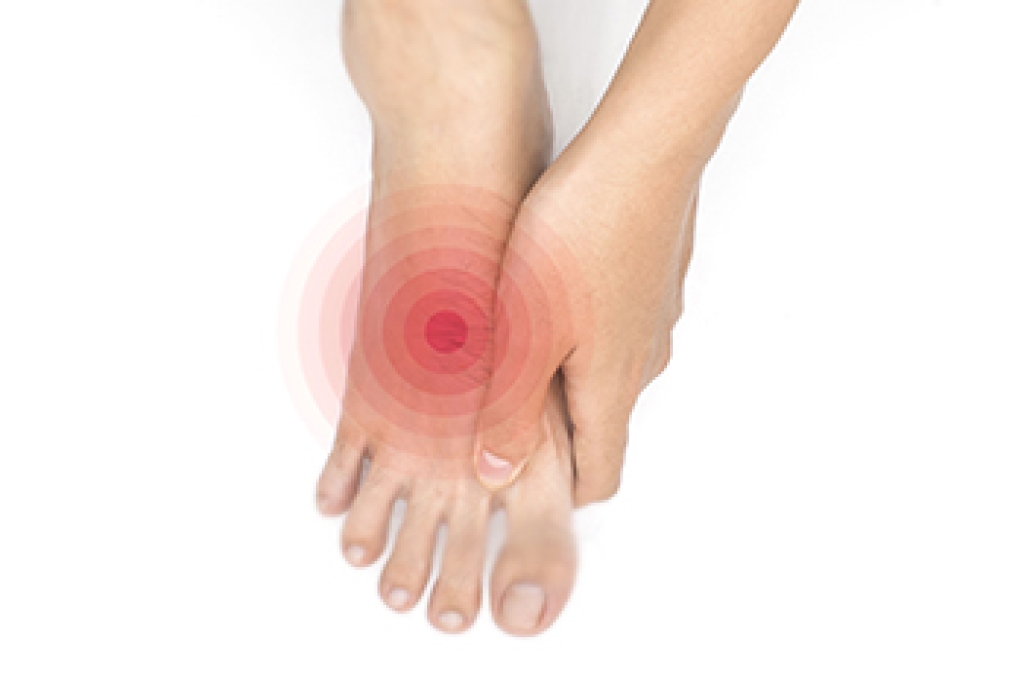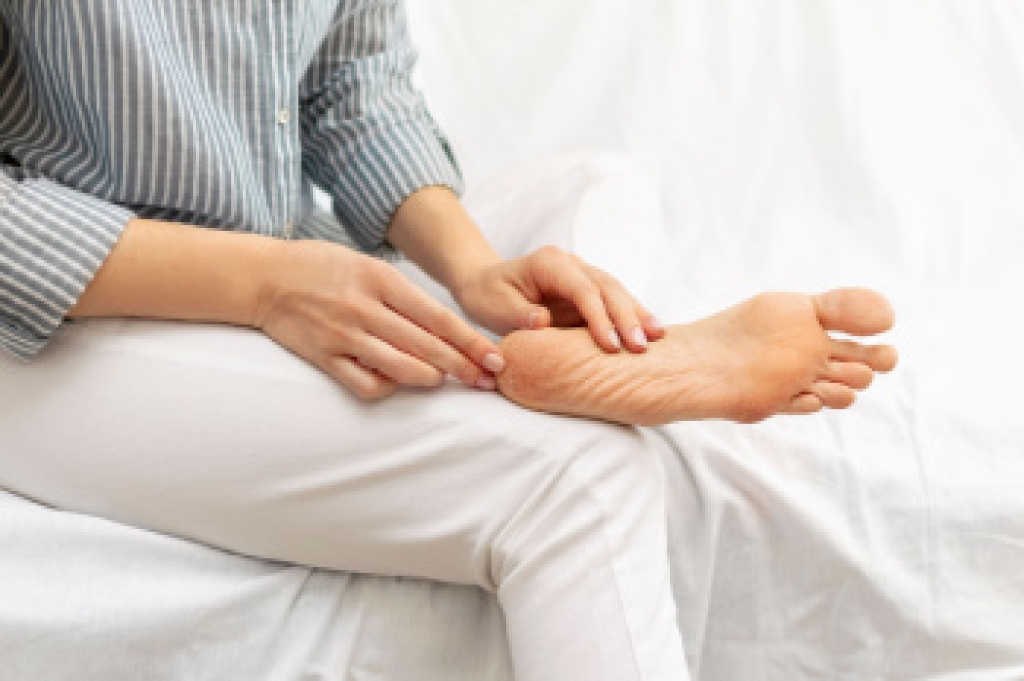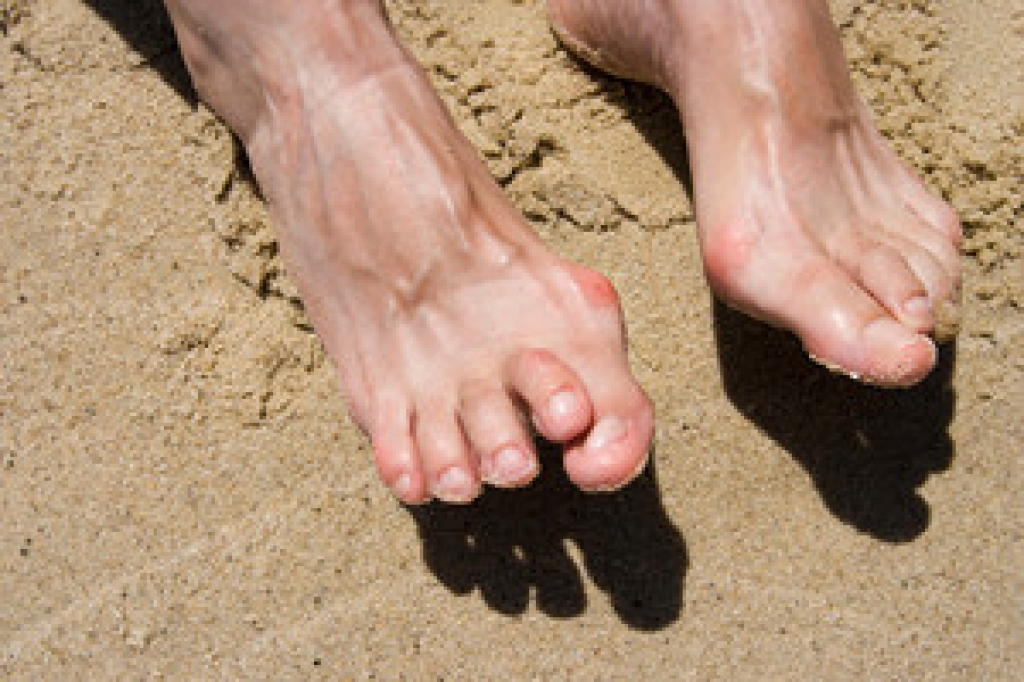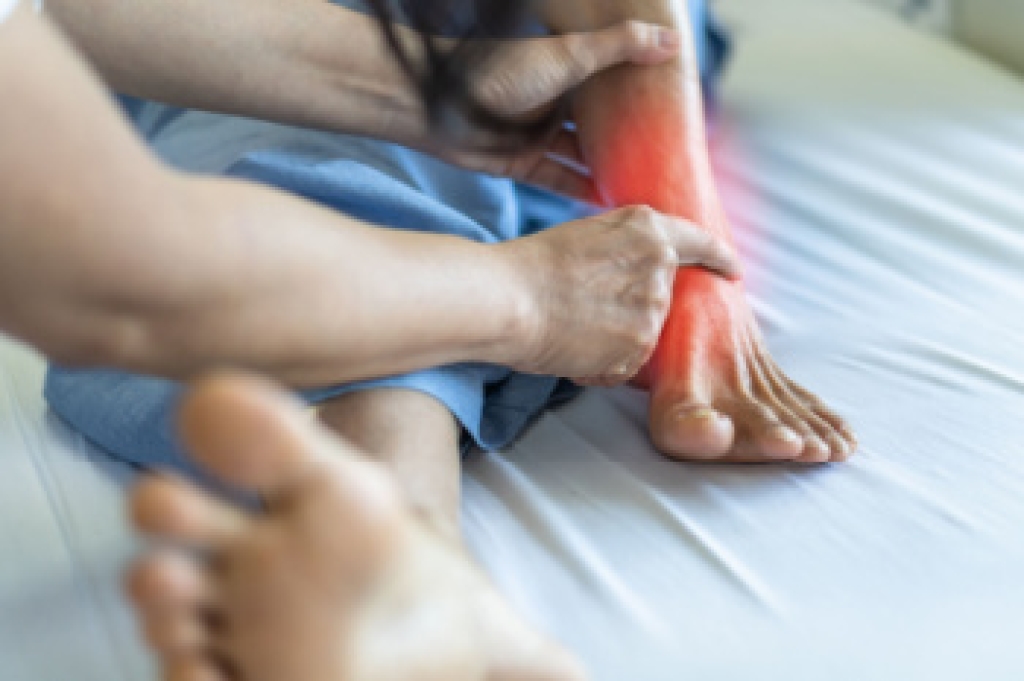
Diabetic foot refers to a group of foot problems that can develop in people with diabetes due to changes in circulation and nerve function. Causes include poor blood flow, nerve damage, and prolonged high blood sugar levels that affect healing and skin health. Symptoms may involve numbness, tingling, burning pain, or dry or cracked skin, in addition to color changes, slow healing wounds, or ulcers. Risk factors include long-term diabetes, poor glucose control, smoking, improper footwear, and a history of foot wounds or infections. Without proper care, diabetic foot problems can lead to serious complications. A podiatrist can help by providing regular foot exams, managing calluses and nail care, treating wounds, and recommending protective footwear or custom orthotics. If you have diabetes and have noticed changes in your feet, it is strongly suggested that you are under the care of a podiatrist who can help you to manage this serious condition.
Diabetic foot care is important in preventing foot ailments such as ulcers. If you are suffering from diabetes or have any other concerns about your feet, contact one of our podiatrists from Foot & Ankle Centers of Charlotte County . Our doctors can provide the care you need to keep you pain-free and on your feet.
Diabetic Foot Care
Diabetes affects millions of people every year. The condition can damage blood vessels in many parts of the body, especially the feet. Because of this, taking care of your feet is essential if you have diabetes, and having a podiatrist help monitor your foot health is highly recommended.
The Importance of Caring for Your Feet
- Routinely inspect your feet for bruises or sores.
- Wear socks that fit your feet comfortably.
- Wear comfortable shoes that provide adequate support.
Patients with diabetes should have their doctor monitor their blood levels, as blood sugar levels play such a huge role in diabetic care. Monitoring these levels on a regular basis is highly advised.
It is always best to inform your healthcare professional of any concerns you may have regarding your feet, especially for diabetic patients. Early treatment and routine foot examinations are keys to maintaining proper health, especially because severe complications can arise if proper treatment is not applied.
If you have any questions, please feel free to contact our offices located in Punta Gorda and Port Charlotte, FL . We offer the newest diagnostic and treatment technologies for all your foot care needs.




